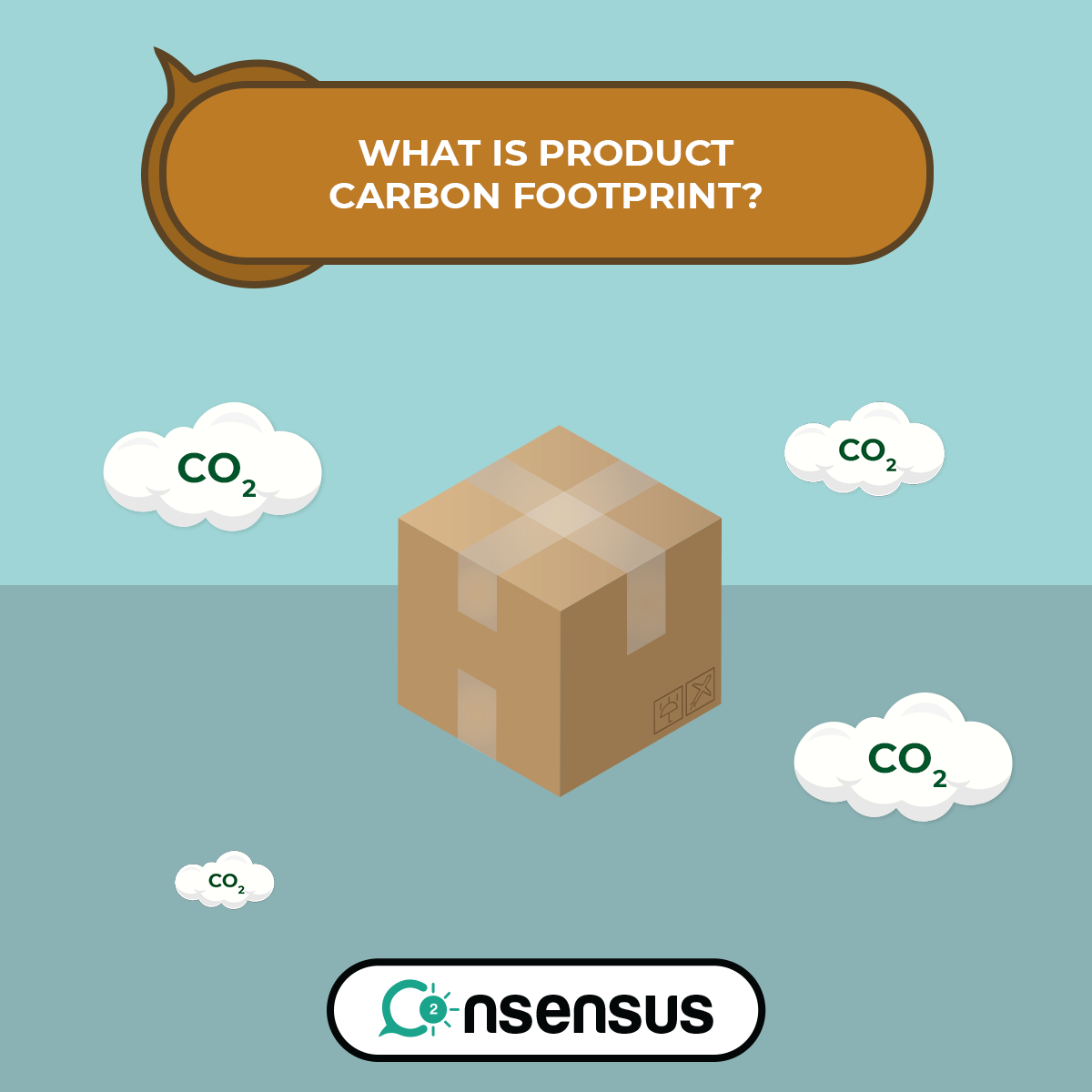Carbon footprints have become an essential part of any company’s overall auditing procedures. The calculation of a company’s total carbon liability, direct or indirect, has a direct bearing on the steps which are needed to be taken in order to bring it down to the lowest possible value. However, there is a lot of ambiguity still on which is the best way to calculate it.
There are two major ways of calculating the overall carbon emissions as far as companies and businesses are concerned – a company can either go in for product carbon footprint (PCF) or the corporate carbon footprint. Today, the topic of discussion is the Product Carbon Footprint.
First, the term is introduced and defined clearly and concisely. Then, a few examples are considered, along with the various types of PCFs. Finally, standards pertaining to carbon footprints are described in order to conclude with a thorough understanding of the PCF.
Product Carbon Footprint: a Definition
The Product Carbon Footprint for any given product can be defined as the overall sum total of Greenhouse Gas (GHG) emissions which are created as a result of processes taking place over each phase of its lifecycle. It can also be termed as a life cycle assessment of the product, but solely concerns carbon and greenhouse gas emissions.
The phases which are covered under PCF assessment include:
Production
This phase considers the emissions obtained as a result of production processes. The factors considered here are: raw material extraction and processing, internal transportation to the point of manufacture, energy consumption during manufacture as well as the waste material produced.
Distribution
Today, due to the wide and rapid expanse of transportation networks, it has become possible to produce at very few places and have it delivered to a number of other places. However, this process certainly takes its toll on the environment due to increased emissions – the distribution phase concerns this aspect of the product’s lifecycle.
Usage
The most subjective part of the total analysis is the use. The total emissions and energy costs are highly dependent on the product being considered. For example, a TV set is likely to have an immense impact on emissions compared to, say, a water bottle.
Waste
This is usually not given too much importance by people who are new to calculating their company’s carbon emissions. However, standards dictate that the state after which the product’s life has officially ended for the consumer will also count in the effect the product has on the environment – including factors like recyclability, reusability, etc.
This wraps up our definition of what a product carbon offset actually is.
Types of Product Carbon Footprints
Product carbon footprints can be divided into two distinct categories – the first is a cradle-to-grave PCF and the other is a cradle-to-gate PCF.
A cradle-to-grave PCF covers all the stages right from raw materials to usage and the waste state that follows it. It is commonly used in most of the standards for carbon emissions assessments. However, there is some scope of redundancy within the various stages.
A cradle-to-gate PCF, on the other hand, focuses solely on the emissions produced between the raw material stage as well as the stage where it is dispatched for the customer. The idea is that the carbon liability beyond that point should not be incurred by the company – however, it is still less popular than the cradle-to-grave PCF.
Advantages of Knowing the PCF
Having an idea about how PCFs are calculated can set off a domino fall-like reaction all over the organization. Measuring the total greenhouse gas emissions in the context of a single product can help companies understand the overall effect of their value chain on the environment.
Further, it can set off the momentum needed to have a robust carbon emission management policy in place. With laws becoming stringent every day, your business will definitely benefit by staying ahead of the curve and avoiding large penalties due to emissions being overlooked.
This knowledge can also help convey your targets for carbon emissions to suppliers, clients as well as all stakeholders in the business, and hence initiate the move towards carbon-aware activities all along the lifecycle of the product.
Standards for the PCF
The PCF is covered under a number of standards. The first and foremost is the Green House Gas (GHG) Protocol, which is the most popular and widely used protocol. Other protocols of note include ISO 14067:2018, which has seen new revisions to account for the latest developments in technology and more stringent norms.
A number of new standards, however, are also coming to the fore. The PAS 2050, which has recently seen revisions, the Japanese CF program, as well as the BP X30-323 are all new standards which have revisions to account for the latest trends in carbon emissions, including tighter bounds and caps after which immediate action is required.
Bringing it All Together
Having gone through the basics of the Product Carbon Footprint, including the factors which determine the total PCF as well as the types of PCF, you can now create strategies to minimize your overall carbon footprint.
The presence of a large carbon footprint is becoming a huge red flag when it comes to large or even medium-sized businesses. If your company has not performed a carbon assessment yet, you should head to one of the online calculators or better, consult an expert in this field. Knowing your company’s carbon footprint can help you save costs today and tomorrow.
